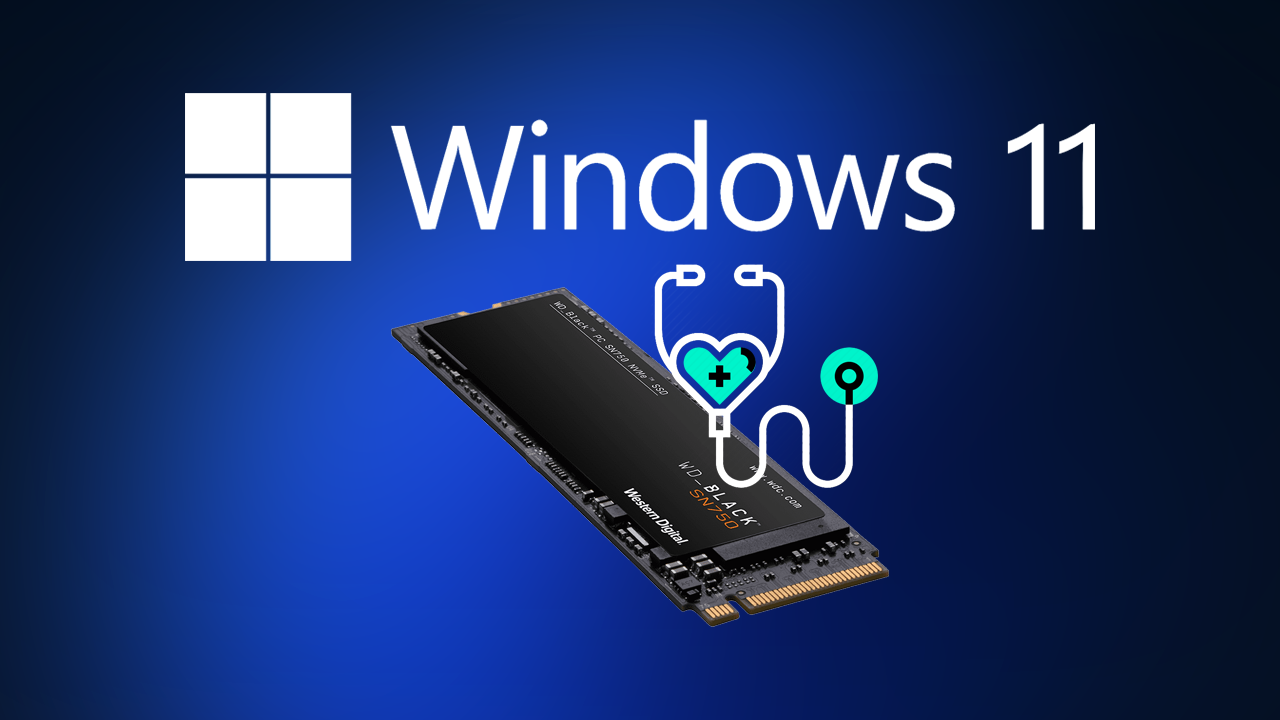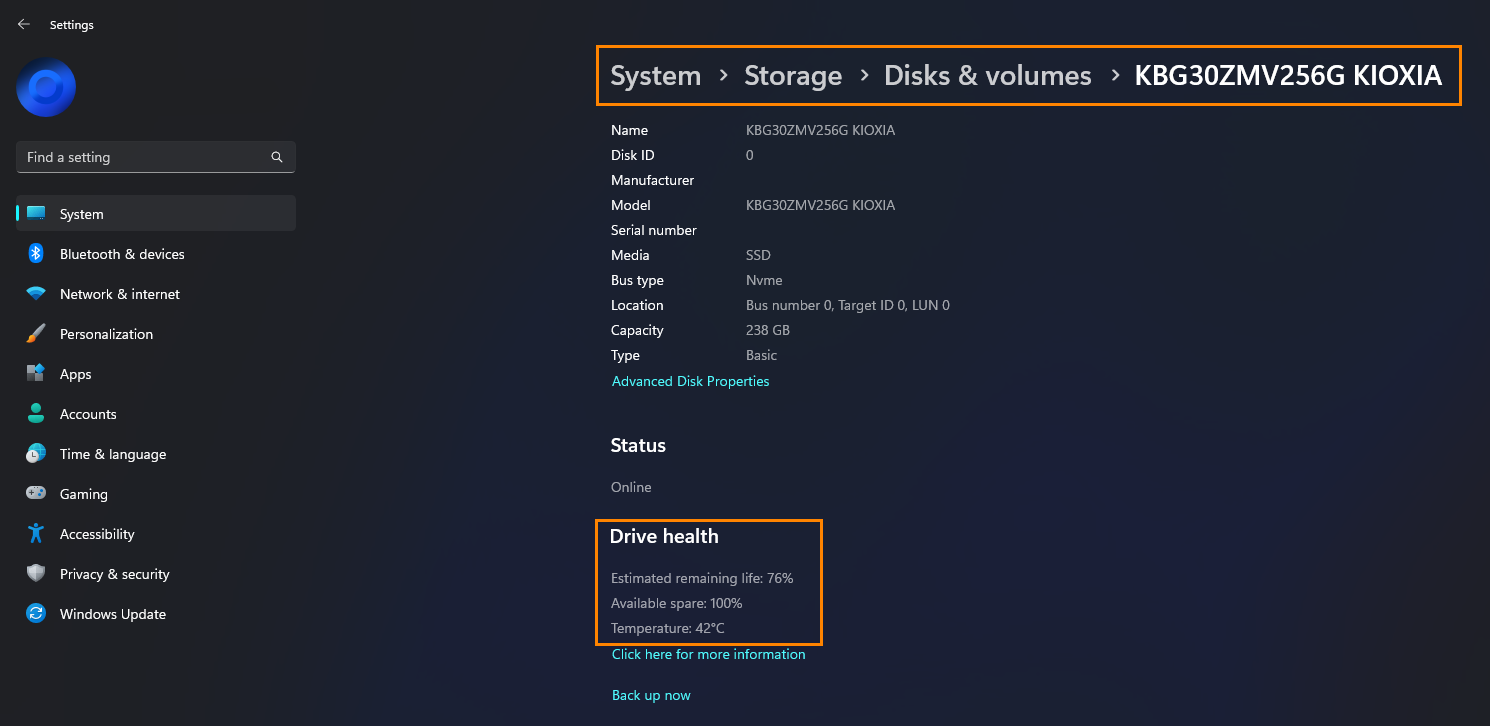If you have been using computers for a considerable amount of time there’s a good chance you’ve had an experience or two with failing drives and the devastation of lost data. Thankfully there is now a way to check the health of NVMe and SSDs on Windows 11 to help predict potential future failures.

Related: How to fix - This content is blocked error when using the Bing icon in Edge.
Over the years we’ve written quite a few articles on Windows 11 tools for checking system temperatures and the overall health of your system. However, in all that time there hasn’t been a relatively reliable and accurate method for checking the state of your drives. Leaving most people’s data in the hands of fate.
Thankfully now that technology has progressed and software has been developed it’s a lot easier to track the health of system storage, both NVMe and SSDs. Although these tools still aren’t going to guarantee 100% accurate and foolproof results, they may buy you the time you need to get a backup drive sorted. Alternatively, if you don’t have huge amounts of data to back up, you can use online services like Google Backup and Sync, Dropbox, or OneDrive.
Note: If after updating to the correct version of Windows 11 and don’t see the option, you don’t have a supported drive in your build. Sadly HDD’s aren’t supported, which is a shame because they are the most likely drive type to fail because of their constantly moving parts.
Can you check if an NVMe drive is going to fail on Windows 11? Check if an SSD will fail on Windows 11.
The new storage health monitor on Windows 11 has the ability to detect hardware problems with the aim of buying you enough to prepare for their failure. Starting with Windows 11 build 20226 you’ll be able to quickly and easily check how your system’s storage devices are faring. When an issue is detected Windows will automatically send a notification alerting you to a potential problem, however, if you miss it you can manually go and check, which is what we’ll be doing in this guide.
Quick steps to check drive health on Windows 11.
- To begin, open Settings on Windows 11 by pressing Windows Key + I
- From the System tab on the left click Storage in the central area.
- Now click Advanced Storage Settings to expand the list of options. Here click Disks & Volumes.
- You’ll now see a list of drives installed in your computer along with all the partitions that are on each drive. Simply click Properties on the primary drive (not the partition) and you’ll see all the info you need.

If you don’t see any information you either haven’t updated to the latest version of Windows 11 or the drives you have aren’t supported.
If Windows 11 has detected an issue of any kind, you’ll see a warning message that may vary, however, will say something along the lines of “Reliability is degraded Back up your data in case of drive failure.” As well as this warning you should also see the estimated remaining file span of your drive and some temperature information.
You also be able to see the current temperatures that your drives are running at. Most drives will happily run between 0 - 60C or 32-140F. However the lower the temp you can run your drives at the better.
